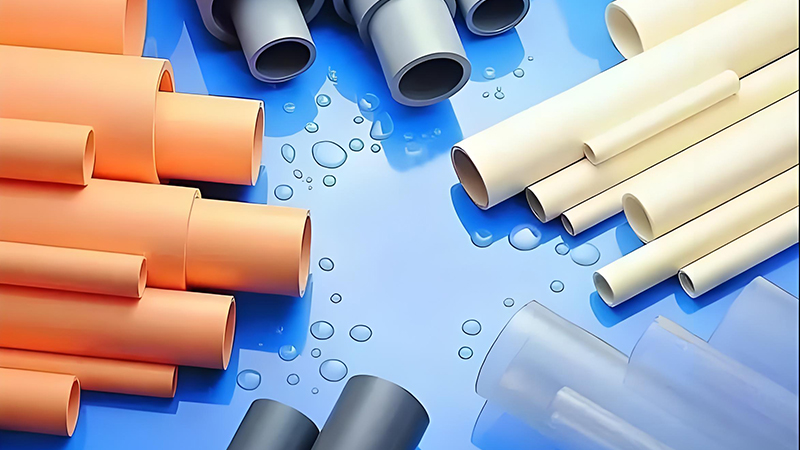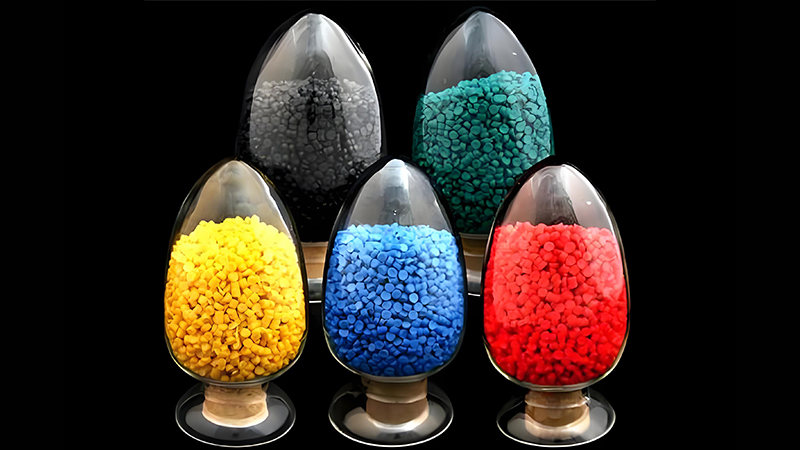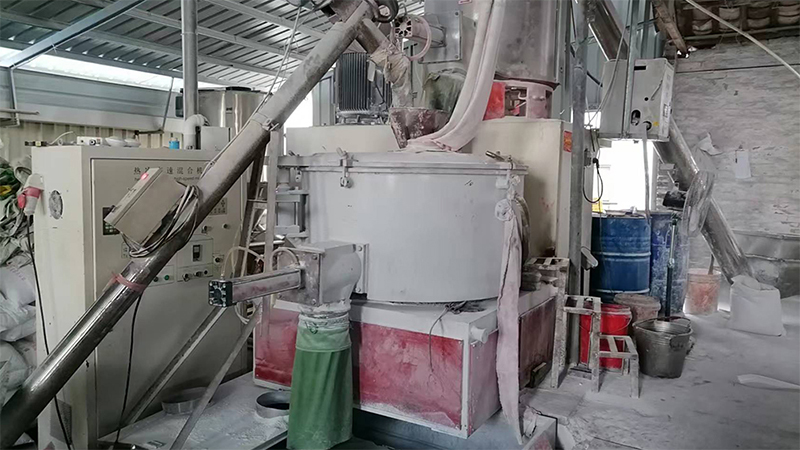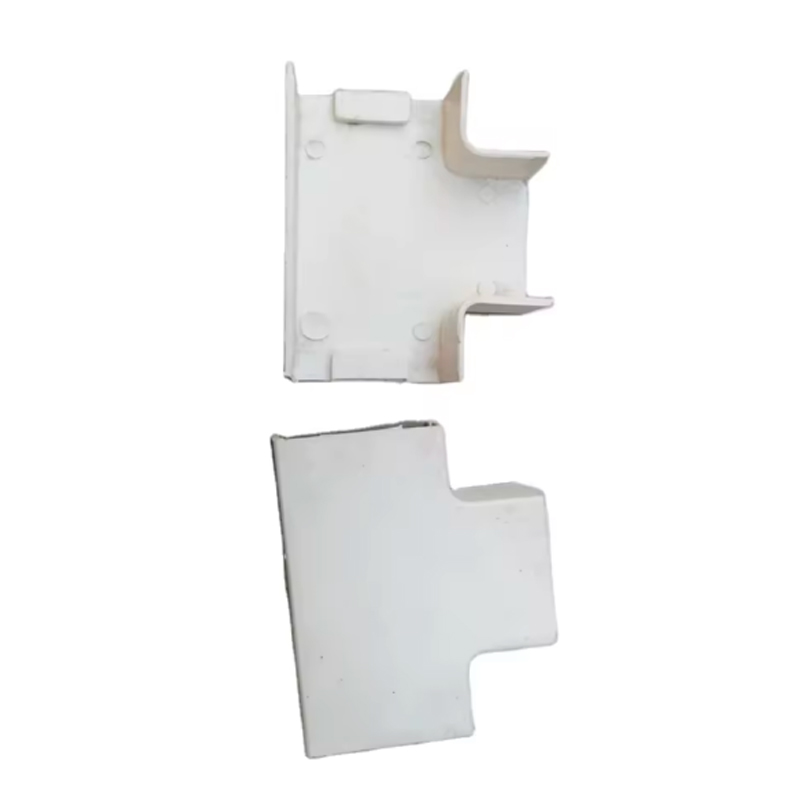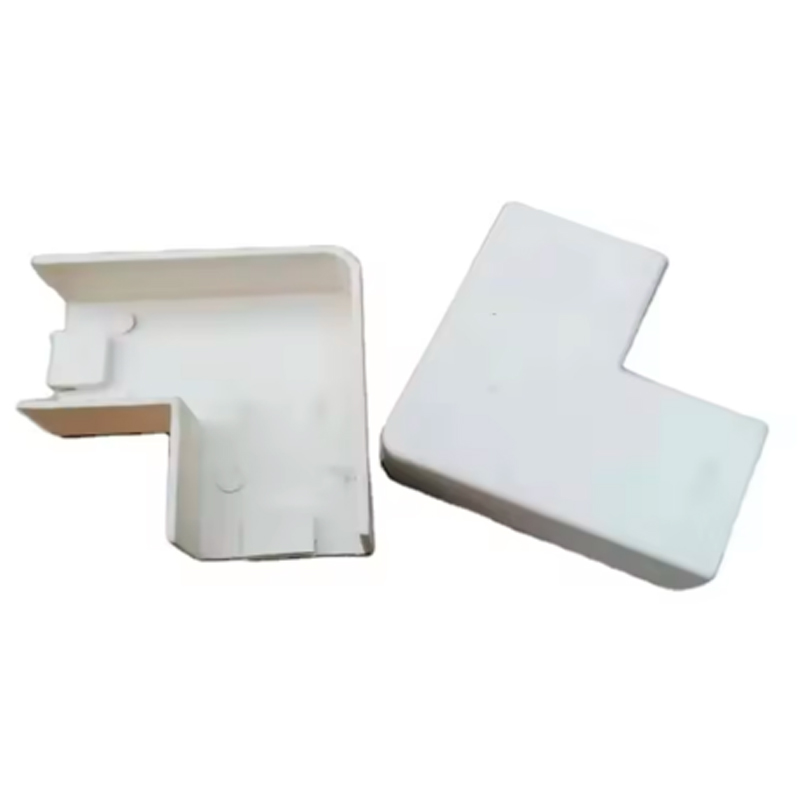Identification methods for PVC raw materials and plastics
The conventional identification methods for PVC are generally classified into the following three categories:
(1) Identification by combustion method:
Softening or melting temperature range: 75~90 ° C;
Combustion situation: self extinguishing after ignition;
Burning flame state: upper yellow and lower green with smoke; After leaving the fire: the fire is extinguished; Odor: Stimulating sour taste.
This method is the simplest and most direct, and is generally preferred.
(2) Solvent treatment identification:
Solvents: tetrahydrofuran, cyclohexanone, ketone, dimethylformamide;
Non solvents: methanol, acetone, heptane.
By adding suspected PVC plastic to the above solvents and observing the dissolution of the plastic, determine whether it is PVC. After heating the solvent, the dissolution effect will be more pronounced.
(3) Specific gravity method:
The specific gravity of PVC ranges from 1.35 to 1.45, usually around 1.38.
Polyvinyl chloride and other plastics can be distinguished by differences in specific gravity or methods of measuring specific gravity.
However, due to the addition of plasticizers, modifiers, and fillers, PVC can become significantly different in density, softness, and hardness. At the same time, the addition of some components can also alter many properties of PVC plastics, resulting in ineffective identification methods and even changes in phenomena, making it difficult to make accurate judgments. For example, in terms of density, plasticized polyvinyl chloride (containing approximately 40% plasticizer) ranges from 1.19 to 1.35; However, PVC hard products have increased to 1.38-1.50. If it is a high filled PVC product, the density may sometimes exceed 2.
In addition, it can also be determined whether the material contains chlorine, but because vinyl chloride copolymers, rubber chloroprene, polyvinylidene chloride, chlorinated polyvinyl chloride, etc. all contain a high proportion of chlorine, they need to be identified through pyridine color reaction. Note that before the experiment, the sample must be extracted with ether to remove the plasticizer. The test method is to dissolve the sample taken with ether benzene in tetrahydrofuran, filter out the insoluble components, add methanol to precipitate it, and dry it below the first 75 degrees after extraction. After drying a small amount of sample, do not use 1ml pyridine to react with it. After a few minutes, add 2 drops of 5% sodium hydroxide methanol solution (1g of sodium hydroxide dissolved in 20ml of methanol), immediately observe the color, and observe again after 5 minutes and 1 hour. Different chlorinated plastics can be identified based on their color.



